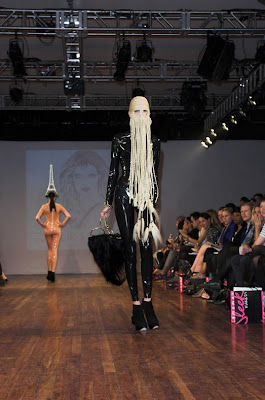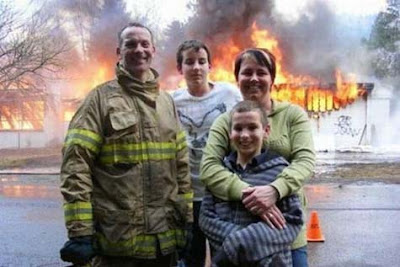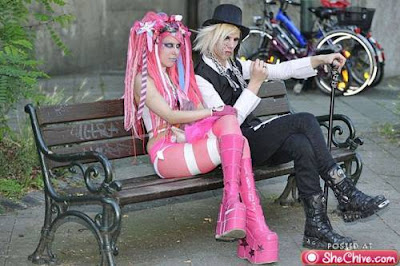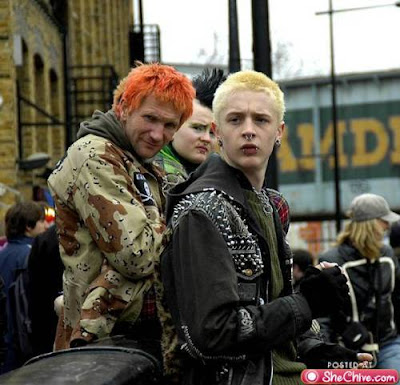Since the 1950s, Nigerian boxers have held their own (and often far better than their own) in international boxing competition. Examples include Hogan "Kid" Bassey (born Okon Bassey Asuquo), who won the world featherweight championship in 1957, and Dick Tiger (born Richard Ihetu), who won a succession of middleweight and light heavyweight boxing titles between 1962 and 1966.
Such success may be due in part to the role that indigenous boxing and wrestling plays in the culture of this West African nation. One such art is Dambe, a traditional pugilistic game of the Hausa people of the Saharan regions of West Africa. In Northern Nigeria, for example, Ado Dan Kware, Dan Dunawa "Gundumi", Ali Zuma, Balbalin Bala I, and especially "Shago," the most famous Dambe athlete of all time, are athletic heroes -- and for good reason. Dambe is an especially rugged striking art utilizing fists, feet, and head. Occasionally a fist covering has been dipped in ground glass, and damben karfe continues to be practiced, albeit illegally. (Damben karfe means "iron boxing" and refers to its hand-held punching implement, a mazagi, shaped roughly like a small trowel protruding from the striking hand.)











The origins of Dambe are lost in antiquity, but its most thorough historian (in English), Edward Powe, notes that "the single bound fist and salute in dambe… bears a remarkable resemblance" to images of Egyptian boxers of the Classical period. Yet, despite this potentially venerable history, Dambe is virtually unknown outside continental Africa. Soon this will change, if Carambe Jarimi (born Ibrahim Yahuza) has anything to say about it. [EN1] Carambe's goal is to bring Hausa pugilism to the world, and he approaches the task with evangelical zeal.


































































